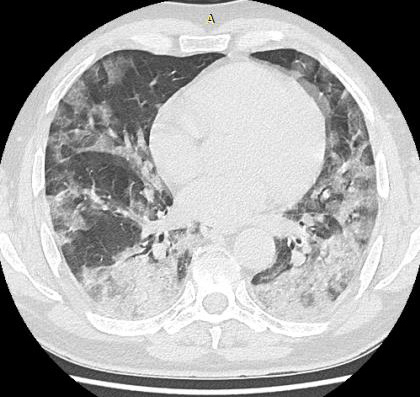A New Understanding of the Key Features of the Cerebellum that Evolved to Produce Homo Sapiens
Opinion
Since the time of Linnaeus (17580 [1]) human “sapience” has been as been thought to be the product of moment-to-moment cognitive functions of the cerebral cortex. However, it has now been established that language fluency and higher scientific, technological and artistic skills are dependent upon internal modeling functions of the cerebellum (Ito 2005, 2008 [2,3]; Leiner, Leiner & Dow 1986, 1989, 1991 [4-6]; Manto, Marvel & Vandervert, in-press [7]; Marvel & Desmond, 2012 [8]; Marvel, Morgan & Kronemer, 2019 [9]; Vandervert, 2015, 2020 [10]). Cerebellar internal models are models of all repetitious mental, social, and movement process going on in the cerebral cortex. Through these internal models these processes become automatic and optimized toward goal achievement. This new understanding of the cerebellum may be difficult to imbibe for many who follow traditional views of the brain. For quick, easy to understand examples of the role of the cerebellum to, for example, science and music.
see https://blogs.biomedcentral.com/blog/author/larryvandervert/
The Actual Basis of Human Sapience
According to Vandervert According to Vandervert (2018, 2020a, 2020b) [10-12], this dependency on the cerebellum for sapience appears to have evolved from millions of years of stone-tool making which relied upon the progressive evolution of repetitious learning during the adaptive selection of increasing mental control of the preciseness of stone strikes. During this million years, the cerebellum increased three- to fourfold in size (Leiner, Leiner & Dow, 1986) [4-6] and adaptively began to learn cognitive (Ito, 2005, 2008 [3,4], Vandervert, 2018 [10]) and social internal models (Van Overwalle, Manto, Leggio & Delgado-Garcia) [13] the automaticity and optimization of language skill (between stone-tool making learner and teacher) and technological imagination in visual-spatial working memory and manipulative skill. Thus, it is suggested, a cerebellum-driven sapience that defines Homo sapiens came into existence. This view in no way detracts from the critical moment-to-moment functions of the cerebral cortex which, according to this new understanding, are optimized by the cerebellum and continually sent back to the evolved, partnering cerebral cortex for likewise high-level fluent and skilled execution.


No comments:
Post a Comment
Note: Only a member of this blog may post a comment.